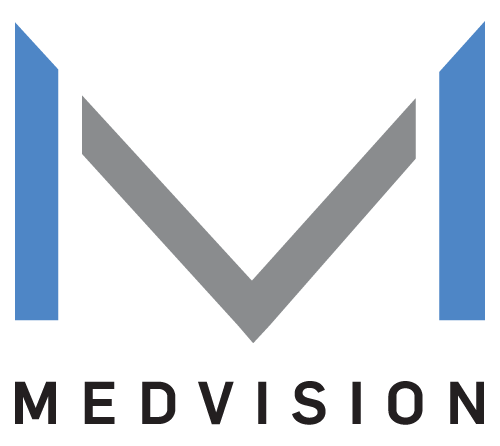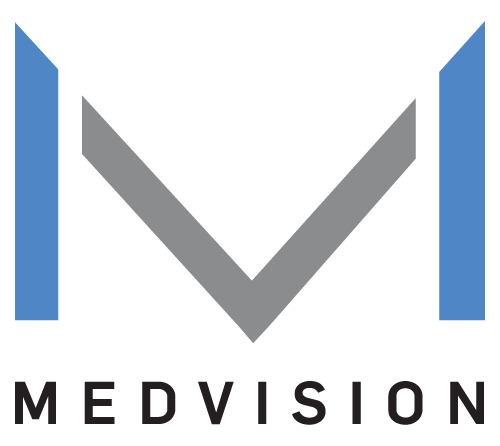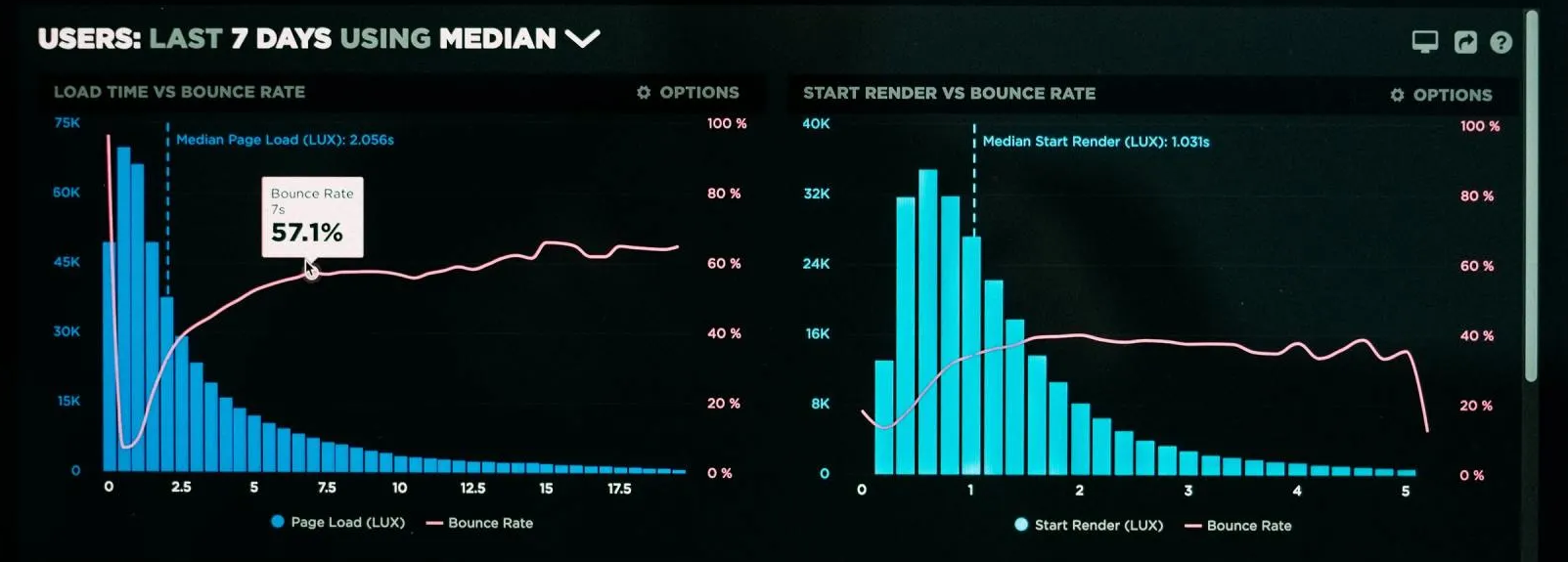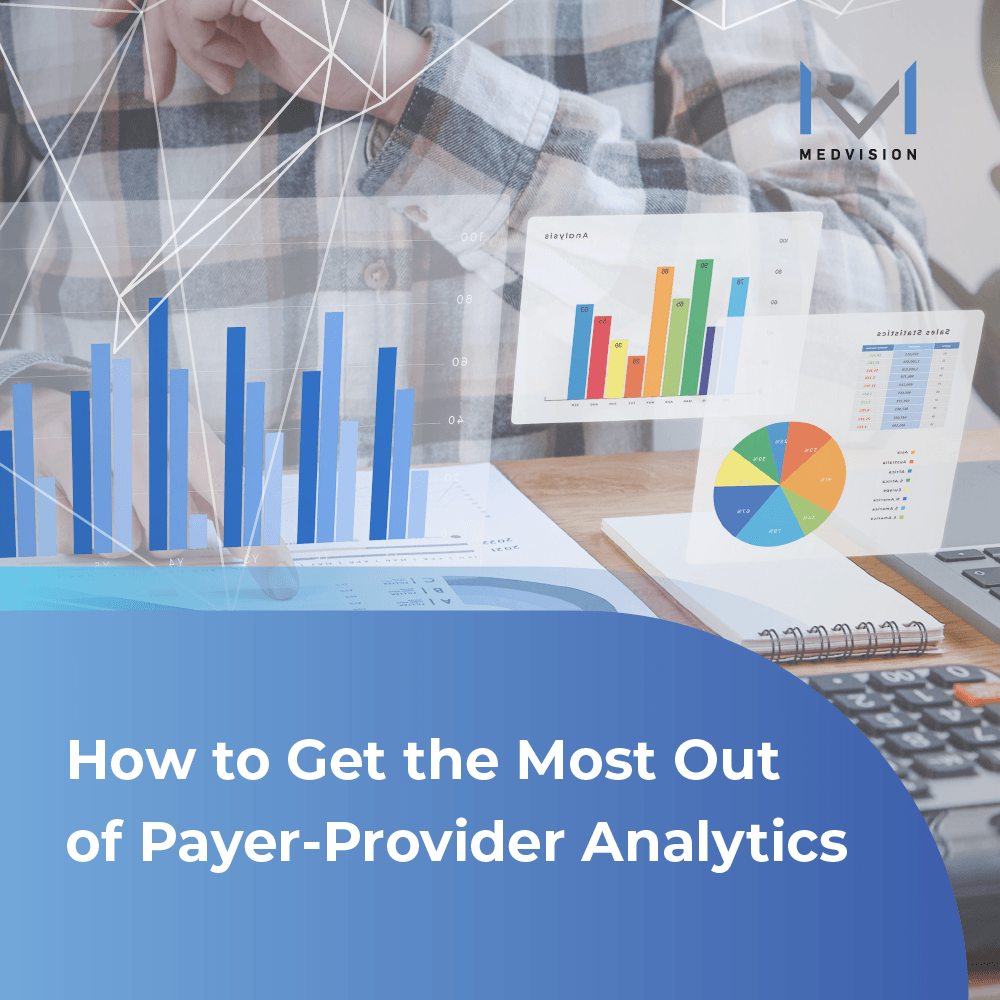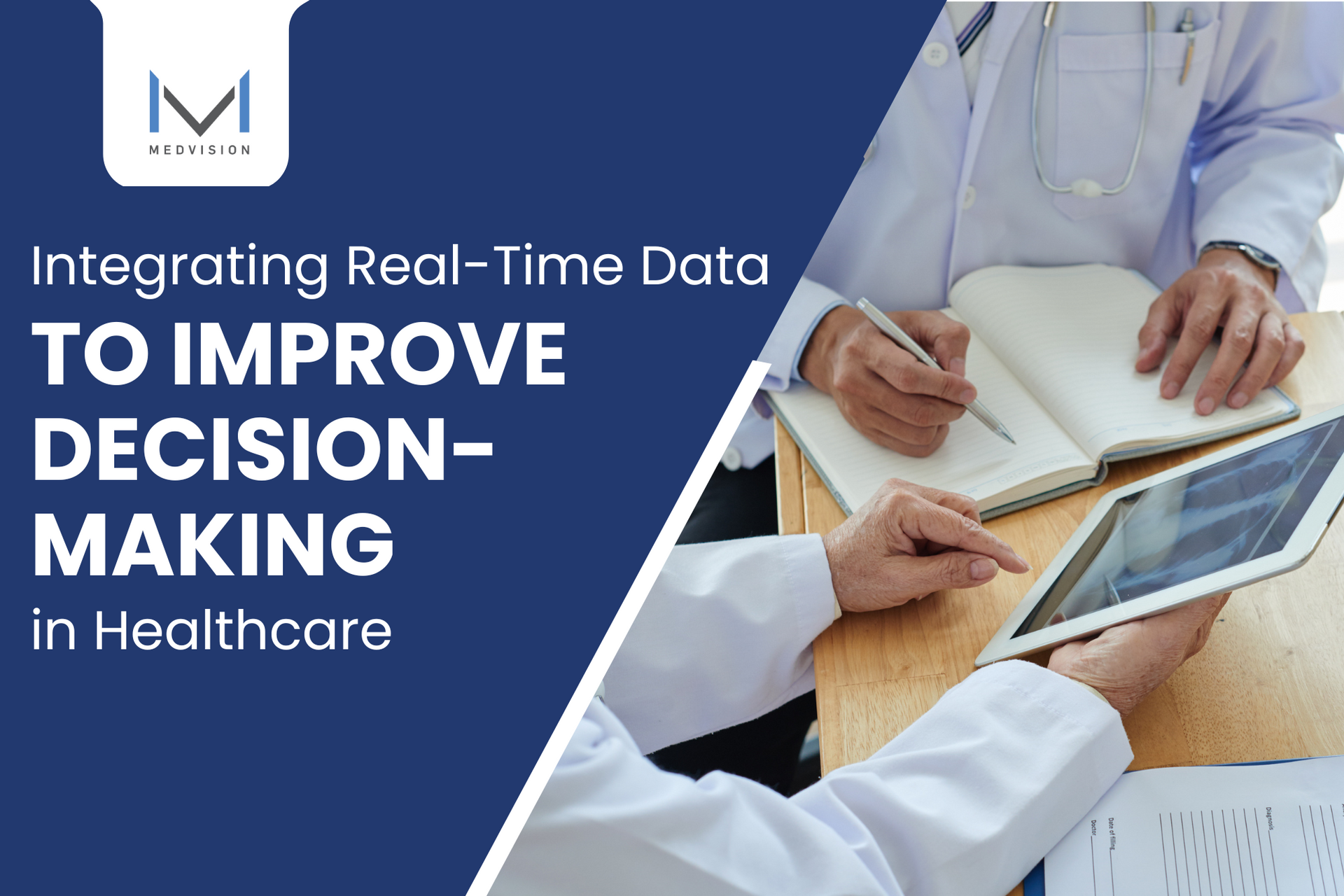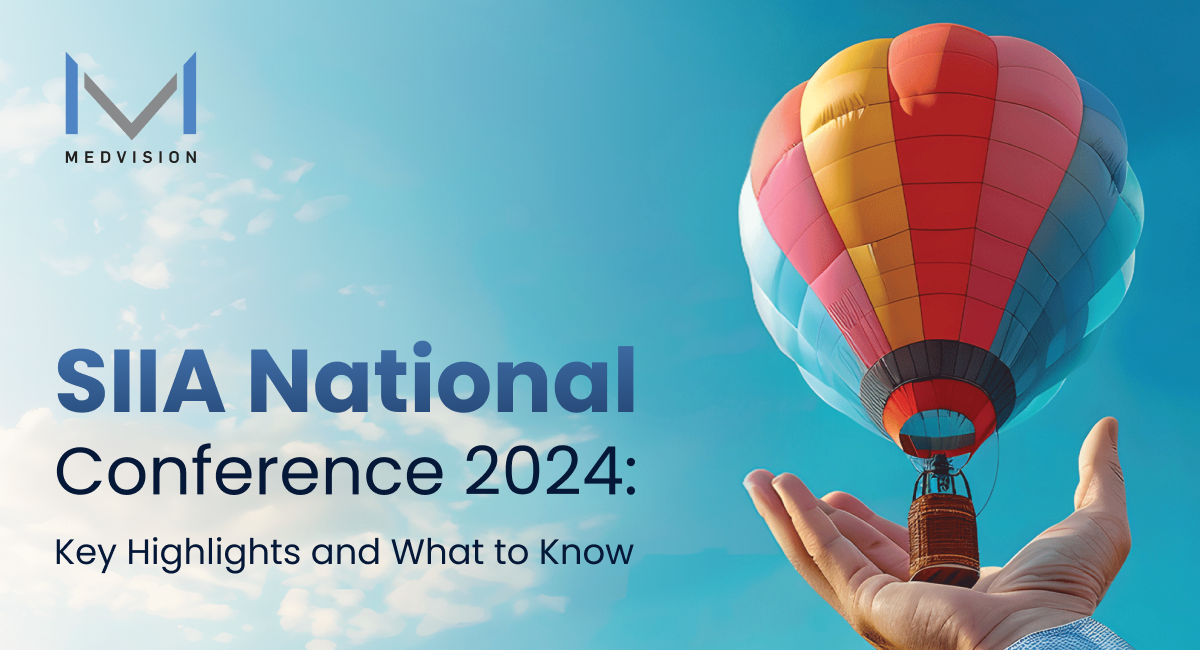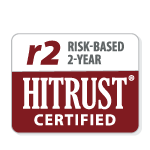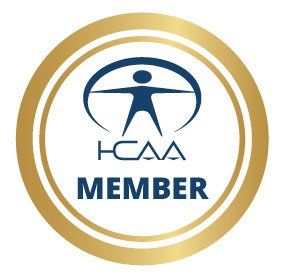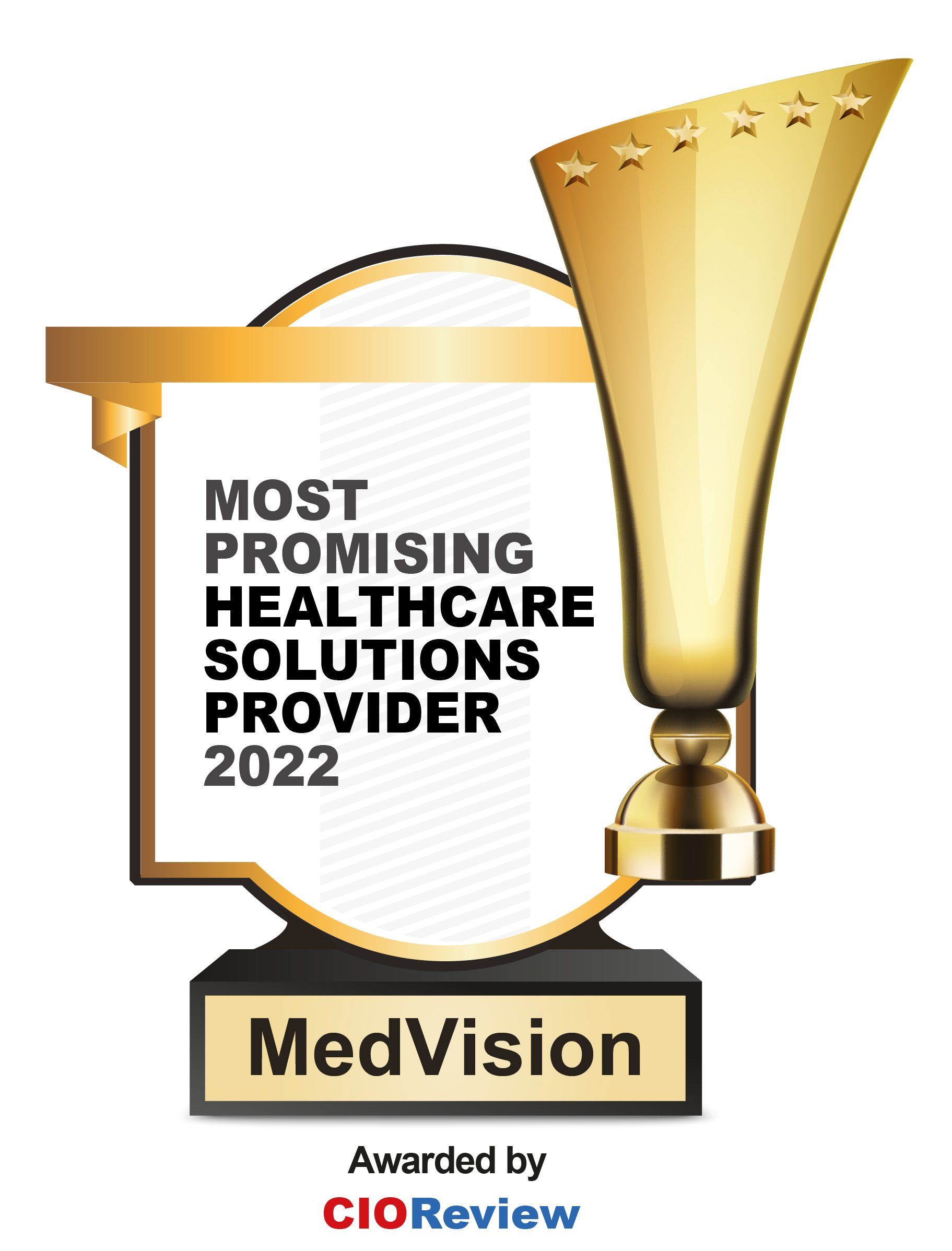Payers Believe Predictive Analytics is the Most Critical Priority
According to an extensive industry survey conducted by the North Highland consulting agency, 83% of healthcare payers say that predictive data analytics is one of the top strategic priorities according to recent study. However, only 14% of them say that they have the skills, technology, and processes in place to leverage their healthcare data effectively. This huge gap between the desire to improve and the ability to do so may cause problems for payers who are looking to stay competitive in the coming years. But what exactly makes implementing predictive data analytics so critical for payer organizations?
What is Predictive Analytics?

Why is Predictive Data Analytics Important to Payers?
Improves Patient Outcomes and Reduces Costs
Predictive data analytics is absolutely crucial in improving operational efficiency and reducing costs. In fact, a survey conducted by the Society of Actuaries stated that payers believe predictive data analytic tools to save them 25% or more on costs over the next five years! By examining past claims, payers can quickly identify future high-cost patients. Key indicators such as a patient’s prescription drug history, age, gender, etc. can be used to predict which patients are most at risk of incurring high-cost expenses.
By knowing future high-risk, high-cost patients ahead of time, providers can intervene and provide medical prevention measures early on before the patient’s condition(s) get too out of hand. This way, both the patient and the payer can reduce medical costs and avoid incurring any unnecessary expenses. Payer organizations can even take this predictive data analysis a step further and identify which prevention measures are actually working to reduce healthcare costs and which ones are not.
Improve the Customer Experience and Increases Workflow Efficiency
Improving the overall customer experience is another high priority for payer organizations in 2019, and predictive data analytics plays a huge role in this. In fact, 84% percent of payers are focusing on becoming more consumer-centric and improving the experiences of their members in the next year, according to North Highland. By understanding what customers want, payers can improve operational efficiencies, guide future innovations, and improve customer satisfaction.
In order for payers to gain a deeper understanding of their customers, they need to analyze their customers’ clinical, financial, and socioeconomic data. For example, payers are using predictive data analytics to track customer complaints and identify which ones occur most frequently. Once the highest priority customer complaints are identified, payers can then take the necessary action to reduce the frequency of those issues and improve the overall customer experience.
Payers are also using data analytics to track and identify what improvements customers would like to see in the future. This is the key component in providing guidance and direction for developing new services, products, and processes that can better enhance the overall customer experience and improve workflow efficiency.
How Payers Can Harness the Power of Predictive Data Analytics?
The majority of healthcare payers are already investing in predictive analytic tools to stay competitive, and the rest are looking to adopt these tools as soon as this year. MedVision’s administration platform for payer’s claims processing software, QuickCap, provides one of the most comprehensive sets of predictive data analytic tools for healthcare payers.
QuickCap’s integrated predictive data analytic tools allow payers to
- manage high-risk populations with automated clinical alerts;
- analyze claims processed and administrative costs to determine profitability;
- predict medical expenses and quickly generate comprehensive analytics reports; and
- more!
In addition, QuickCap streamlines the administrative and clinical process by
- providing an easy-to-use, customizable dashboard to quickly access and visualize data;
- streamlining claims work—every element of a claim is at your fingertips;
- simplifying contracting and rapidly checking provider credentials; and
- automating the referral authorization process.
Without a doubt, the ability to transform a large amount of customer data into actionable information is one of the most critical components for payers need to stay competitive in the healthcare industry. Predictive data analytics tools provide the insights needed to increase workflow efficiencies, reduce costs, improve customer experiences, and guide future organizational growth.
Explore Related Blog
Recently published articles
Keep in touch
Subscribe to get the latest update
Trending topics
Share your insights on social media
Upcoming events and company news
